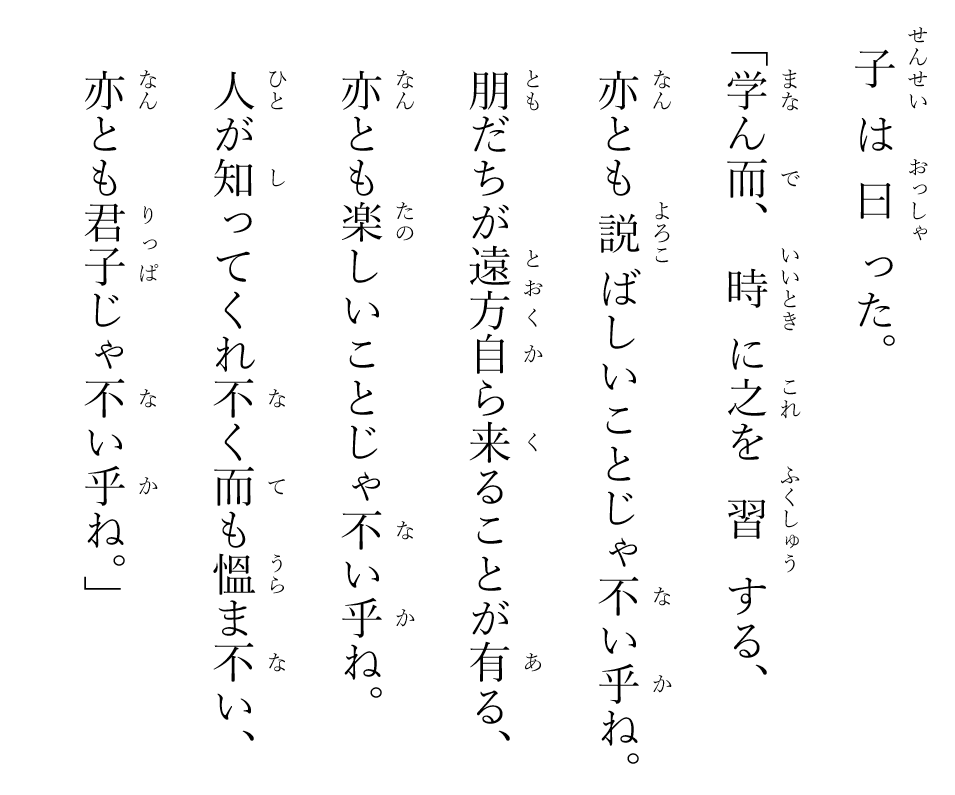Bilabial plosive consonants in Indian, Chinese and Malay languages
There are four labial plosive sounds which we can make: /p, pʰ/ is unvoicedwhen vocal cord is not vibrated pair and /b, bʱ/ is the voicedwhen vocal cord is vibrated pair.
Our northern Indian friends use all four of them in their speech:
प (pa) /pa/, फ (pha) /pʰa/, ब (ba) /ba/, भ (bha) /bʱa/while the northern Chinese is only able to articulate the unvoiced versions. Here's a summary of the two labial plosive consonant in Beijing 北京 dialect:
巴 (bā) /pá/, 趴 (pā) /pʰá/, ◯ /b/ , ◯ /bʱ/These two unvoiced labial consonants are so important that they are fossilized in the bpmf ㄅㄆㄇㄈ acronym (m and f represent the nasal and fricative consonants in the labial series). These standard MandarinMandarin or 官話 is official language used in Chinese court, the first recorded use of the word Mandarin can be found in Robert Parke's translation (1589) of Mendoza's History of China: The Mandelines of the sea, which be certaine iudges appointed to giue aduice of all such matters to the gouernor. Parke's mandeline can be linked to the Portuguese word mandarim is in turn derived from the Malay word mantri, which is itself a loanword from Sanskrit. sounds 官話 are approximately encoded using the IPA notation. The transcriptions shown in brackets are pinyin-based.
The southern Chinese (which I am a member of), like their northern cousin, is able to handle the unvoiced consonants. On top of that, we can also handle the unaspirated voiced plosive /b/ correctly. The aspirated voiced labial consonant, however, is not found in Hokkien phonology. Here's a list of the same sounds in the Southern Min 閩南 dialect:
巴 /pá/, 趴 /pʰá/, 麻 /bǎ/, ◯ /bʱ/The Chinese phonological terms used for unaspirated unvoiced sound, aspirated unvoiced sound and unaspirated voiced sounds are 不送氣清音, 送氣清音 and 不送氣濁音, respectively.
ぱ /pa/, ◯ /pʰ/, ば /ba/, ◯ /bʱ/Originally, our cousins in Japan use only the voiced sound ば in their speech. The unvoiced sound ぱ was acquired during the cultural exchange between Tang China (the ‘Mandarin’ 官話 used in Tang Court and present-day Southern Min dialect share the same phonological ancestor) and Nara Japan. $$ば = {\rm /b/}, \quad ぱ \approx \tfrac{1}{2}({\rm /b/} + {\rm /p/})$$ However, the Japanese cannot handle the true unvoiced ぱ correctly, and therefore it is usually treated like a hybrid between the true unvoiced /p/ and true voiced /b/, and they call ぱ half-voiced sound 半濁音.
The Japanese scenario applies to the Malay sounds as well. The Malays do not differentiate the unaspirated /p, b/ from the aspirated /pʰ, bʱ/ forms:
ڤا /pa/, ◯ /pʰ/, با /ba/, ◯ /bʱ/
| Malay | Sanskrit | ||
|---|---|---|---|
| pre-1972 | post-1972 | Jawi | |
| Bĕhayasee R. J. Wilkinson (1901) Malay-English Dictionary, p. 137 | bahayasee Salmah Jabbar, et al. (2020) Kamus Dewan Perdana, p. | بهاي | बाह्य (bāhyaह्य is an irregular ligature of ह and य) |
| Bĕhasasee R. J. Wilkinson (1901) Malay-English Dictionary, p. 136 | bahasasee Salmah Jabbar, et al. (2020) Kamus Dewan Perdana, p. 177 | بهاس | भाषा (bhāṣā) |
| Bĕharusee R. J. Wilkinson (1901) Malay-English Dictionary, p. 136 | baharusee Salmah Jabbar, et al. (2020) Kamus Dewan Perdana, p. 176 | بهارو | भारु (bhāru)??? भरु (bharu)??? |
| Barusee R. J. Wilkinson (1901) Malay-English Dictionary, p. 136 | barusee Salmah Jabbar, et al. (2020) Kamus Dewan Perdana, p. 213 | بارو | — |
Therefore, the Malays are bound to encounter phonological challenges when Indian loanwords involving the aspirated /pʰ, bʱ/ sounds are to be accurately reproduced. The solution is therefore highly subjective and it depends very much on the mothertongue of the linguist working on the standardization problem (The standard Malay sound schema in Malaysia is based on the Riau-Johor dialect).
For example, the Malay word for language, bahasa, is written in Sanskrit as भाषा and it is pronounced bhāṣā. The word is usuallyRusli A. Ghani et al. (2018) Daftar Kata Bahasa Melayu (Rumi-Sebutan-Jawi), 2nd ed, p. 237, the Jawi equivalent of bahasa is given as ‘بهاس’. spelt in Jawi script as بهاس (b/h/a/s). Before the 1972Before 1972, the Malays use e with the breve diacritical mark to denote the unstressed vowel /ə/ (or e pepet, pepet means compressed in Malay, in the phonological context, pepet essentially means that the sound is not stressed and nearly invisible) and the e without any diacritical mark to denote full vowel (e taling) /e/. Because the quantity of normal e-pepet is significant more than that of e-taling, it is more economical to drop the diacritical mark, since student of the Malay language is able to differentiate between /e/ and /ə/ when the use case or context is fully known. rumi standardization exercise, the word is printed as bĕhasa, the use of the normal e /ə/ or (e pepet) is consistent with how the word is uttered in its source language.
भाषा (bhāṣā) ►بهاس ► bĕhasa ► bahasaAfter 1972, the unstressed e /ə/ in the word is dropped and it was substituted with the unstressed a, and the word bĕhasa is now rendered as bahasa.






Comments